7416 Claasen Ave., Cleveland, Ohio
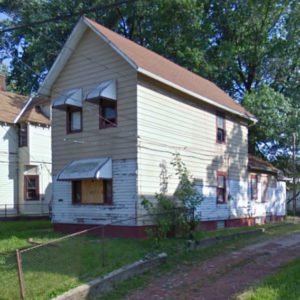
Are you curious about the history or your home? Did you always wonder who lived there or if anything “odd” happened in the home or the neighborhood?
Here is an example of research on a home in the Slavic Village area from the time of the Connecticut Land Company to the present day. I can provide a complete history with all the documentation or just research during the time period of your interest.
The Early Years
Originally part of the three million acres of the Western Reserve in Newburgh Township. The land was purchased in 1795 for $1.2 million by 58 investors of the Connecticut Land Company. The earliest ownership of 100 acres parcel #311 appears to be Betsey Peek, a prominent early settler who arrived in the Western Reserve about 1812.
The first evidence of deed transfer was from Betsey Peet to John Reed in 1840 for $500. Lot #311 is still noted in the property description as of today.
1840-1873
The property became John Reed’s farm and upon Reed’s death in 1868 the 100 acre lot 311 was sold at public auction to to a developer, William Baxter for $1410.
In 1873 Cleveland annexed a large section of Newburgh including lot 311 and Baxter began the process of sub-dividing the land as the Rolling Mills expanded and attracted Polish and Czech immigrants.
1873 Subdivision
Baxter created sub-lots for sale creating 24 parcels of land. The street name was converted from Orchard Street to Claasen Ave.
According to County Deed Records Baxter began selling sublots in 1876 and completed the sale of all parcels by 1888. The parcels ranged from $515- $1,400 (the last lot in 1888) so a very successful investment.
1870’s – From Land to a Home
In the late 1870’s the area now known as Slavic Village significantly expanded due to the influx of Polish and Czech immigrants to work in the expanding industrialization and employment in the Rolling Mills. Homes start to be built in the sold sublots.
In March 1878 Baxter sells sublot 18 for $500 to James Harrison Peck. The alley adjacent to the west of the property eventually becomes a shared driveway with sublot 25. Peck was a 38 year old established provision dealer from Brecksville. Peck also purchases several other lots on Claasen including part of parcel 19.
A home is built and Phoebe Peck gives birth to a daughter in the home in March 1880. The little girl is listed as “B Peck” and later named Ethel.
The Polish Boom
The Peck family moved from the home in 1882, however, retained ownership. James died in 1904 and the deed was transferred to his spouse, daughter Ethel and her husband Charles Morris (Cleveland Lawyer). The Peck family sold the property in 1911 to John Metzger who also appears to be a relative of the Peck’s.
Metzger sold the home in 1918. The home changed ownership several times until 1926 when Waclaw (Walter) Olencki purchased the home for $2500. With all the jobs in the mills the area boomed in the 1920’s with Polish immigrants. Olencki worked in the steel mills as a roll operator and raised 6 children in the home.
Several doors down was the local dairy that the Wada family operated until 1958. The Olencki’s lived in the home for 43 years. In 1968 Mrs. Olencki died and the home was sold the following year for $14,900.
Home Updates 1945- 1970
The City of Cleveland and County Appraiser office notes minor enhancements to the home including building a garage in 1957 and a front fence addition in 1973. Mr. Olencki also completed interior remodeling in 1958.
The Times Are A Changing…
The home was sold again at the end of 1975 for $21,000. From that point forward the house incurred multiple mortgages and eventually was foreclosed on in 1986 by the Cuyahoga County Sherriff.
After foreclosure the Federal National Mortgage Assoc. purchased the home for $14,675.
In 1990 the home gained media attention after it was discovered it was the residence of Cleveland’s most wanted. A woman bank robber arrested who resided at 7416 Claasen. She served the first part of her sentence at the home.
The final chapter…
In 1989 Federal National sold the home for $19,500. There is no activity including any permits issued to upgrade the home.
On Sept. 1 2000 there are two sales transactions with a $44,900 sale followed the same day with a $86,000 sales price! A mortgage was also recorded for $68,600.
The Sherriff foreclosed on the property in 2014 which was followed by the Cuyahoga County Land Bank taking possession and finally in 2018 the City of Cleveland Land Bank took ownership. Home demolished 2019.
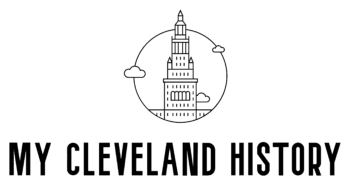
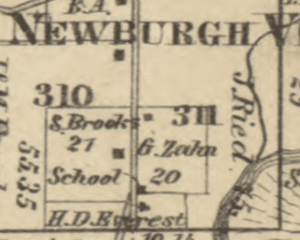

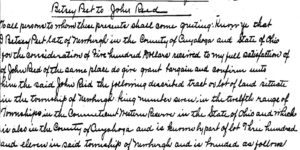
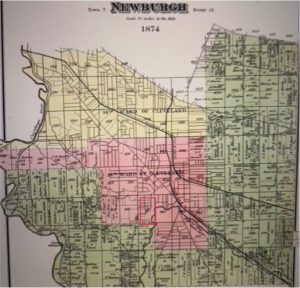


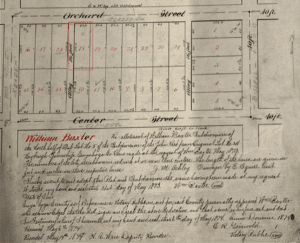








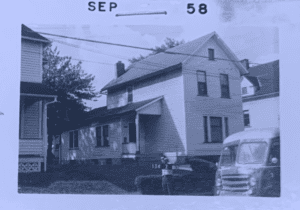

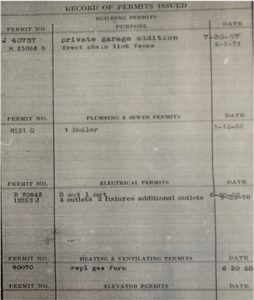
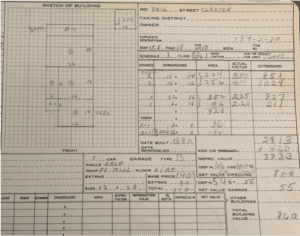
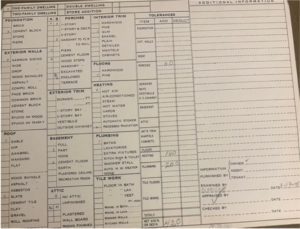
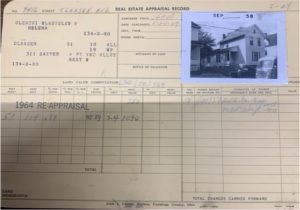
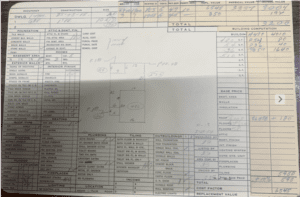
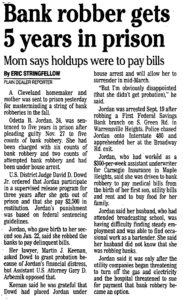
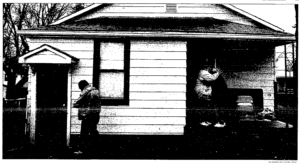

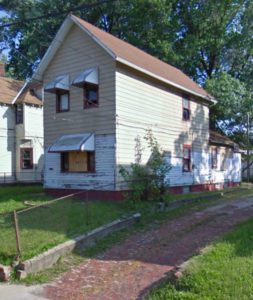
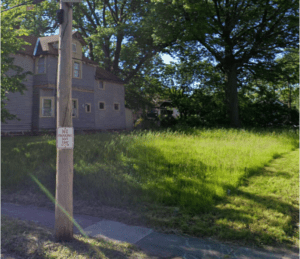

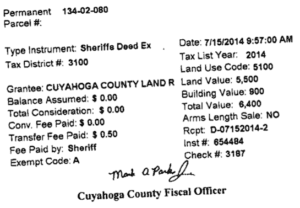
This is just amazing and awesome history…